St. Nicholas
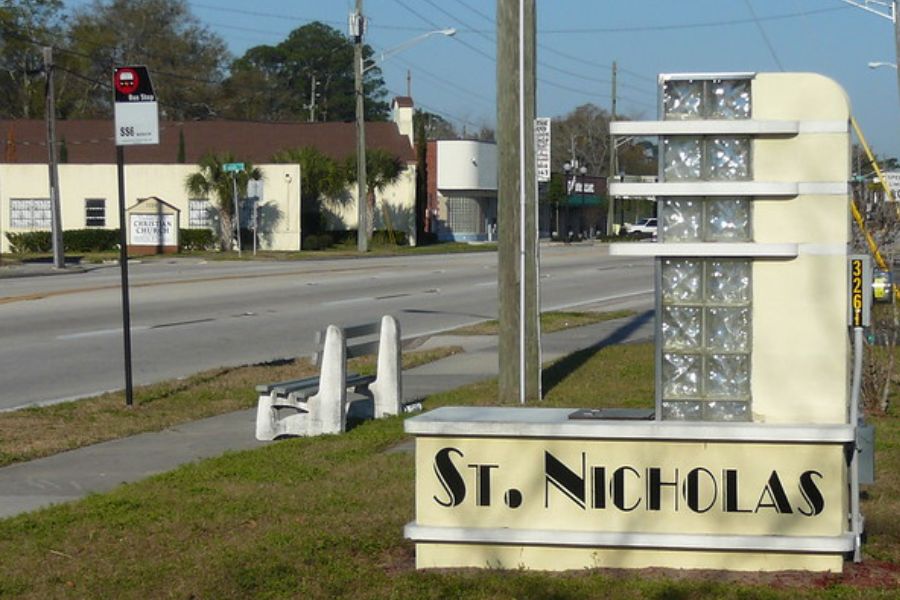
Located across the river from downtown, the neighborhood of St. Nicholas is one of the oldest in Duval County. Near a narrow crossing point called “Pass de San Nicolas” by the Spanish and “Cow Ford” by the British, the area was formerly the home of an 18th century Spanish fort known as Fort San Nicolas. The fort was abandoned in 1817, but the name stuck (St. Nicholas, is the English version of San Nicolas). All that remains of this fort today is a marker in the median of Atlantic Blvd.
Like so much of our state, once the Spanish left, the area became plantation land owned by Francis Bagley and Reuben Hogans for most of the 19th century. Over the years, Bagley’s land on the west side of Miller’s Creek was divided up among his descendants.
Not much was happening, development-wise, in the early part of the 20th century, but significant growth took place in the 1930s and 40s when Jacksonville’s population started to explode. By the 60s, St. Nicholas was largely developed. These days, St. Nicholas is a part of Jacksonville’s urban core – even though it pre-dates most of the rest of the city!
During World War I, Jacksonville’s Merrill-Stevens shipbuilding company was awarded big contracts to assist in the war effort. To meet those needs, Merrill-Stevens developed a South Jacksonville shipyard along Atlantic Boulevard, just west of St. Nicholas. After the need passed, the property became available again. And in 1952, under the leadership of Archbishop Joseph P. Hurley, three Catholic high schools were consolidated to form one diocesan high school. Then owned by the Diocese of St. Augustine, the former shipyard site became the location of the new school. Initially known as Central Catholic High School, the school was re-dedicated a year later in honor of Bishop William J. Kenny. Bishop Kenny remains a notable school in Jax and, while most of the of the shipyard buildings are gone, the former Merrill-Stevens Administration building, facing Atlantic Boulevard, is a visual link of that significant industrial era.
Many of the neighborhood’s homes were built in the 1930s and 1940s, and there are still some beautiful old homes from the 19th century as well. Big live oak trees draped in Spanish moss are common close to the river and contribute to the beauty of St. Nicholas.
Modern-day St. Nicholas is a cultural center. Brimming with parks, the area offers many ways to enjoy the great outdoors. Neighbors love their part of our city and formed an organization called SNAP (St. Nicholas Area Preservation) in the late 70s with the stated purpose of “making the neighborhood a great place to live, connecting people and businesses into a community and to preserve the history of this remarkable area.”
Come visit this lovely part of our city – and let me know if you’d like to see properties available here!
Categories
Recent Posts
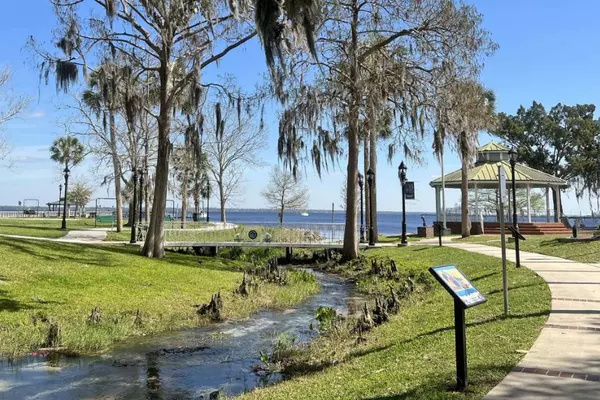
Green Cove Springs – Old Florida Right Next Door
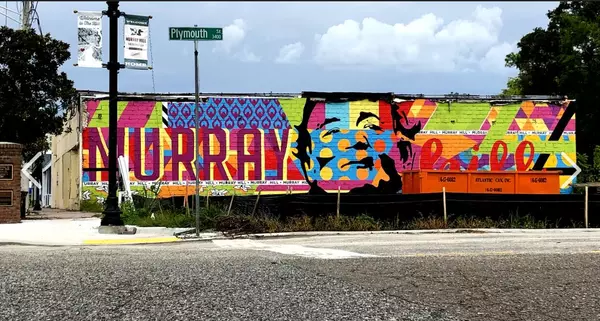
Murray Hill: Another Cool Jacksonville Neighborhood!
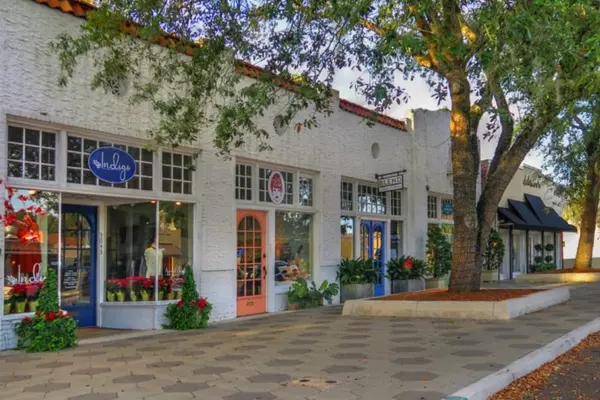
Avondale – An Historical Neighborhood with a Vibrant New Life
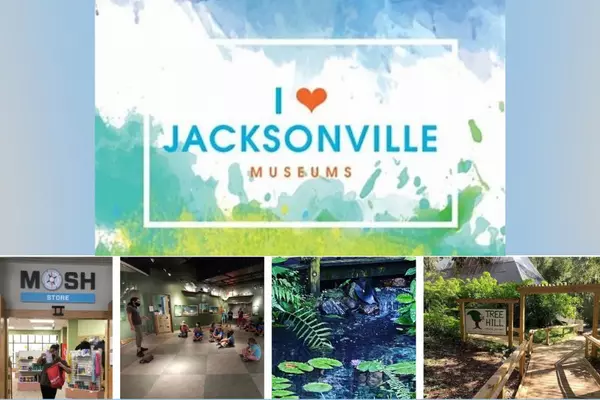
Exploring the Best Museums in Jacksonville, Florida

Escape the Scroll: Cool Websites to Explore This Summer
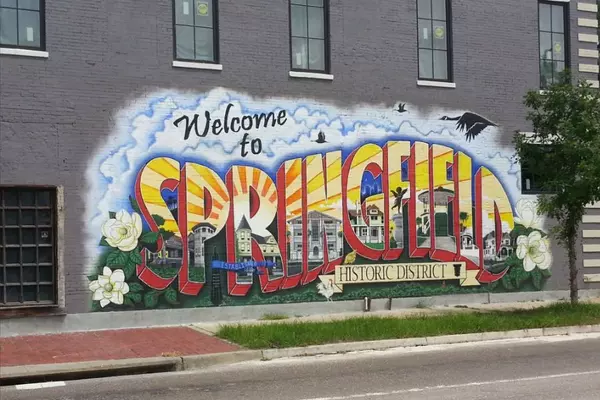
Springfield
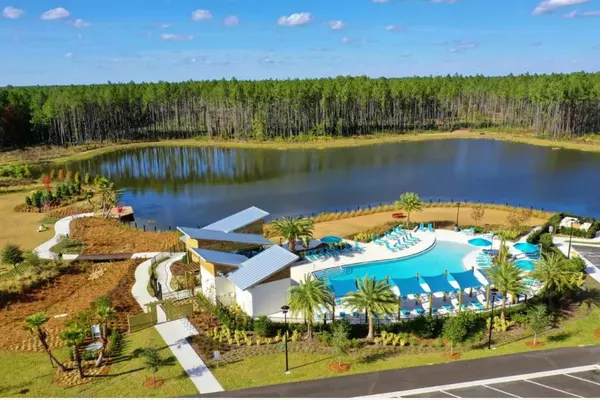
Welcome to Wildlight

Mother’s Day Ideas
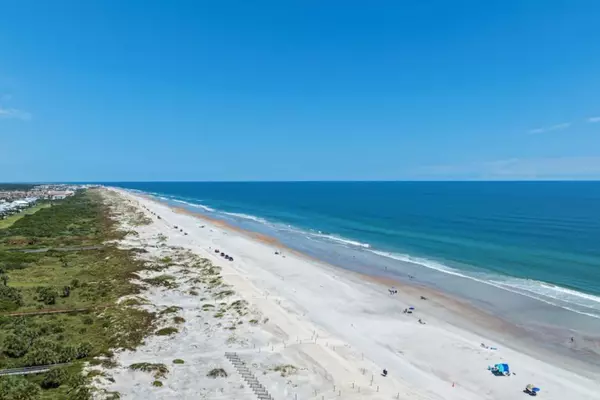
Vilano Beach – Old Florida, Close to Home

The St. John’s River Ferry – a true Jacksonville gem
